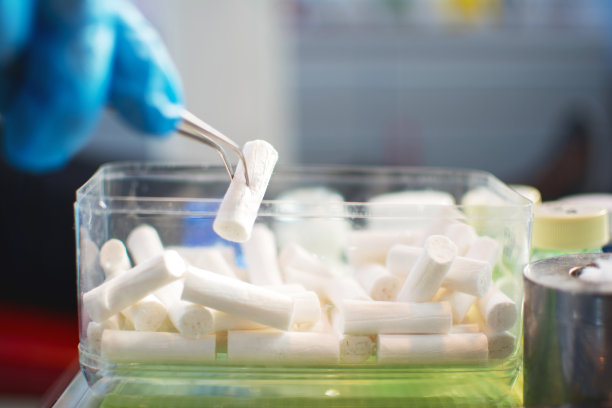Essential Precautions You Should Take Before and After Getting a Dental Filling for Optimal Oral Health Care
Summary: Dental fillings are a common procedure to address cavities and other forms of tooth decay. Before and after getting a filling, taking essential precautions is crucial for optimal oral health. This article outlines four key areas of focus: preparing for the dental appointment, understanding aftercare, maintaining long-term dental hygiene, and knowing the signs of complications. Each section emphasizes steps you can take to ensure a smooth filling process and the best possible outcomes for your oral health. By adhering to these precautions, you will be better equipped to minimize discomfort, prevent future dental issues, and maintain the longevity of your dental work.
1. Preparing for Your Dental Appointment

Before heading to your dental appointment for a filling, proper preparation can make a significant difference in your experience. First, ensure you have a thorough understanding of the procedure. Consult with your dentist about what to expect regarding the filling materials, pain management options, and the estimated duration of the appointment. This knowledge can ease any anxiety you may have.
Secondly, if you have any medical conditions or allergies, make sure to inform your dentist beforehand. This will help them provide the safest treatment tailored to your needs. Its also essential to disclose any medications you are currently taking, as some can interact with dental treatments.
Lastly, arrange transportation if you anticipate needing assistance after the appointment. Depending on the anesthesia used, you may feel disoriented or numb, making it advisable to have someone available to drive you home safely.
2. Understanding Aftercare Instructions
Immediately after the filling procedure, adhere to the aftercare instructions provided by your dentist. You might feel numbness for a few hours due to the anesthesia, so refrain from eating until the feeling returns to avoid biting your tongue or cheek unintentionally.
Once the numbness subsides, you should start with soft foods to ease your way back into normal eating. Avoid very hot or cold foods and drinks as well, because your teeth may be sensitive post-treatment. Gradually reintroducing harder foods can help ensure your filling remains intact.
Follow any additional specific aftercare instructions, such as using mouth rinses or avoiding certain activities. This diligence will aid in proper healing and reduce the risk of complications.
3. Maintaining Long-Term Dental Hygiene
After receiving your filling, maintaining good dental hygiene becomes even more critical. Brush your teeth at least twice a day and floss daily to remove plaque buildup and food particles that can lead to further decay. Use a fluoride toothpaste, as fluoride can strengthen the enamel around your fillings and help prevent cavities.
Regular dental check-ups are essential for monitoring the condition of your fillings as well as your overall oral health. Your dentist can assess the effectiveness of the filling, examine surrounding teeth, and provide timely interventions when necessary.
Lastly, consider your dietary habits as part of your long-term oral health strategy. Limit sugary foods and acidic beverages, as they can contribute to tooth decay and affect fillings. Instead, opt for a balanced diet rich in vitamins and minerals that promote healthy teeth and gums.
4. Recognizing Signs of Complications
Awareness of complications after getting a filling is crucial for early intervention. Be alert for persistent pain or sensitivity that lasts longer than a few days. If discomfort significantly affects your daily routine, its essential to contact your dentist for an evaluation.
Another sign of potential complications is visible discoloration or gaps around the filling. This could indicate that the filling is deteriorating or has become loose, allowing bacteria to enter and cause further decay.
Lastly, if you experience swelling or pus around the filling site, these symptoms may signify an infection. Prompt attention to such issues is necessary to prevent serious complications, ensuring your oral health remains a priority.
Summary:
In conclusion, preparing adequately for your dental filling appointment, following aftercare guidelines, maintaining good oral hygiene, and recognizing signs of complications are all vital steps in ensuring optimal oral health. Each of these aspects plays a critical role in ensuring that your dental fillings serve you well over time.
This article is compiled by Vickong Dental and the content is for reference only.



